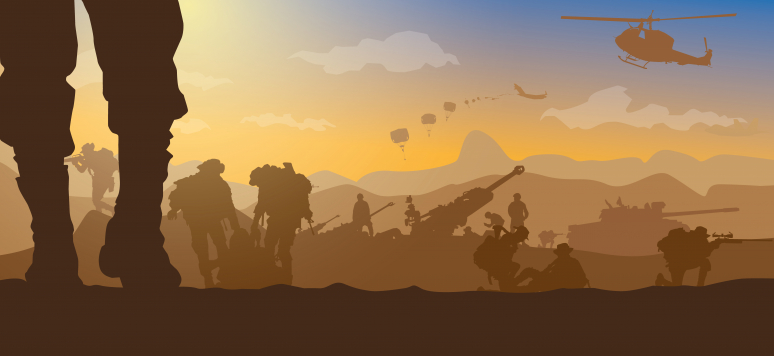Focus Stratégique - The Strategic Role of Land Forces: A French Perspective Focus stratégique, No. 78 bis, July 2019

Although the first and foremost domain in the history of warfare, Land power has been dissociated from the concept of “strategic forces” for some time now, as these generally referred to long-range and/or high-yield strike capabilities, above all nuclear weapons.
The growing importance of the command of the commons at the operational level of war has sometimes led to a conception of land forces as mere consumers of air-, sea- and information-borne effects. Yet, such a dynamic is now being challenged, as Western forces’ supremacy over “fluid spaces” is increasingly contested. The time has therefore come to reassess the contribution of land forces to the main strategic functions: intervention and stabilization, deterrence and prevention, protection and anticipation. For each of these key missions, land forces prove to be essential tools to which there is no readily available workaround. As the future operational environment is bound to become more contested and demanding, land forces will have to prove their renewed relevance in the face of challenges such as anti-access and area denial capabilities, hybrid actors and ambiguous warfare strategies. Given this outlook, they will play a key role as integrators and multi-domain effects providers, improving joint forces’ overall resilience and maneuver capability.
This content was originally published in French under the title "Le rôle stratégique des forces terrestres [1]".
